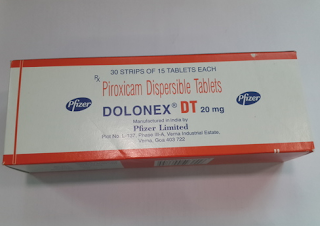Knee bursitis
Knee bursitis is inflammation of a small fluid-filled sac (bursa) situated near your knee joint. Bursae reduce friction and cushion pressure points between your bones and the tendons, muscles and skin near your joints.
Any of the bursa in your knee can become inflamed, but knee bursitis most commonly occurs over the kneecap or on the inner side of your knee below the joint.
Knee bursitis causes pain and can limit your mobility. Treatment for knee bursitis often includes a combination of self-care practices and doctor-administered treatments to alleviate pain and inflammation.
Symptoms
Knee bursitis signs and symptoms vary, depending on which bursa is affected and what's causing the inflammation.In general, the affected portion of your knee might feel warm, tender and swollen when you put pressure on it. You might also feel pain when you move or even at rest.
A sharp blow to the knee can cause symptoms to appear rapidly. But most cases of knee bursitis result from friction and irritation of the bursa that occurs in jobs that require a lot of kneeling on hard surfaces — so symptoms usually begin gradually and can worsen over time.
When to see a doctor
The bursa that lies over your kneecap can sometimes become infected. Call your doctor if you have a fever in addition to pain and swelling in your knee.Causes
Knee bursitis can be caused by:- Frequent and sustained pressure, such as from kneeling, especially on hard surfaces
- Overuse or strenuous activity
- A direct blow to your knee
- Bacterial infection of the bursa
- Complications from osteoarthritis, rheumatoid arthritis or gout in your knee
Risk factors
Knee bursitis is a common complaint, but your risk of developing this painful disorder can increase from:- Prolonged kneeling. People who work on their knees for long periods — carpet layers, plumbers and gardeners — are at increased risk of knee bursitis.
- Participation in certain sports. Sports that result in direct blows or frequent falls on the knee — such as wrestling, football and volleyball — can increase your risk of knee bursitis. Runners can develop pain and inflammation in the pes anserine bursa, situated on the inner side of your knee below the joint.
- Obesity and osteoarthritis. Pes anserine bursitis, affecting the inner side of your knee below the joint, often occurs in obese women with osteoarthritis.
Prevention
To avoid knee bursitis or prevent its recurrence:- Wear kneepads. If you're working on your knees or participating in sports that put your knees at risk, use padding to cushion and protect your knees.
- Take breaks. If you're on your knees for a period of time, take regular breaks to stretch your legs and rest your knees.
- Avoid excessive squatting. Excessive or repetitious bending of your knees increases the force on your knee joints.
- Achieve and maintain a healthy weight. This can help take pressure off your knee joint.




Comments
Post a Comment